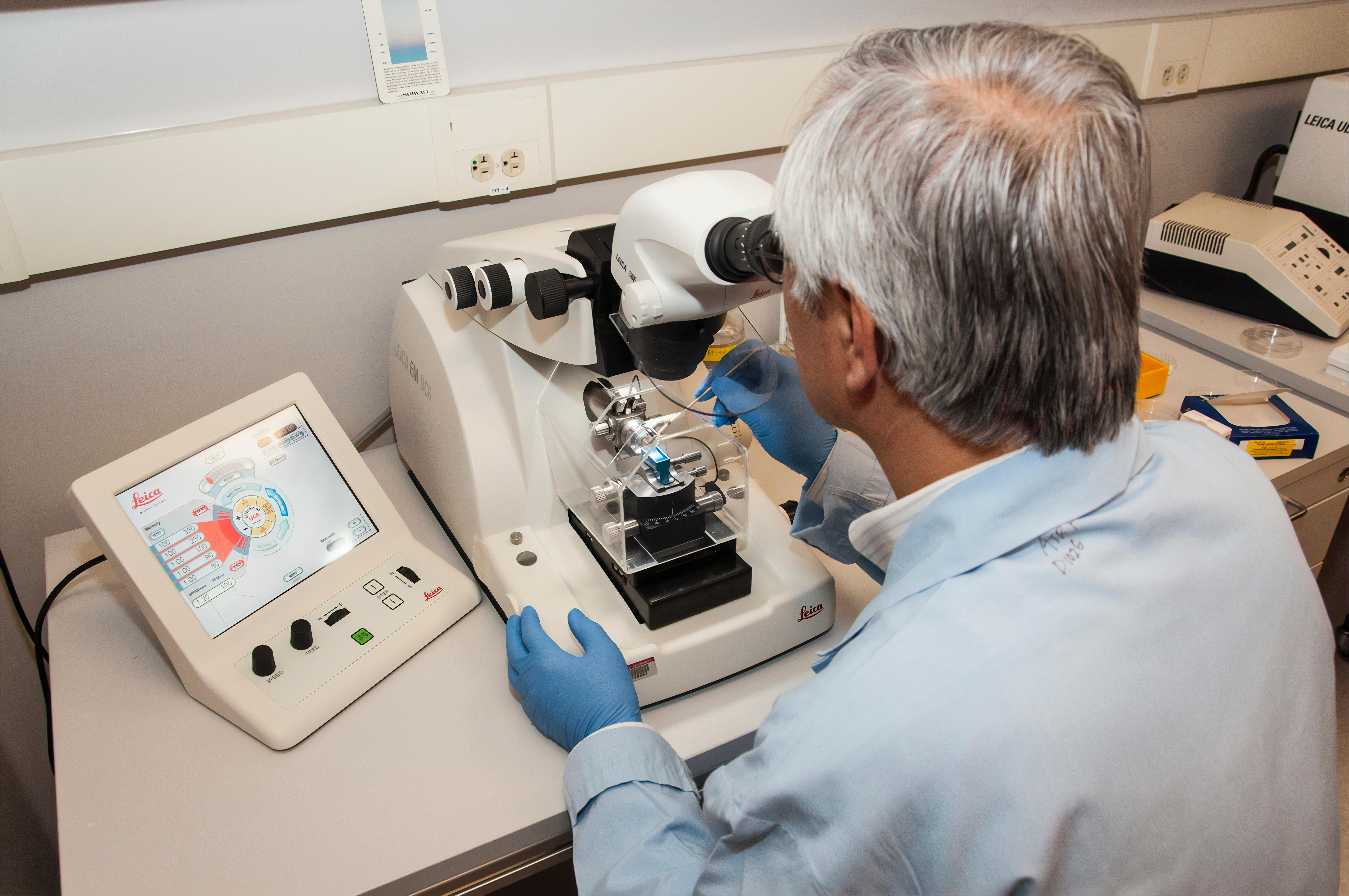Are you ready to dive into the fascinating world of microscopes? In this article, we will embark on a journey of discovery, exploring both the incredible capabilities and the subtle limitations of these powerful scientific tools. Whether you’re a curious beginner or an experienced researcher, this article will provide valuable insights into the intricate world of microscopy. Get ready to unveil the potential of microscopes as we delve into the many wonders and challenges they offer. Join me as we explore the capabilities and limitations of microscopes like never before.

Capabilities and Limitations of Microscopes
Microscopes have long been essential tools in the world of science, enabling scientists to observe and study the intricate details of microscopic objects. However, despite their remarkable capabilities, microscopes also come with certain limitations that scientists must take into consideration. In this article, we will delve into the fascinating world of microscopy and explore both its capabilities and limitations.
The Potential of Microscopes
Microscopes, in all their different forms, possess an incredible ability to reveal a hidden world that exists beyond the range of our naked eye. They allow scientists to visualize and analyze structures that are too small to observe directly. From the realm of biology to the study of nanomaterials, microscopes have been instrumental in expanding our knowledge and understanding.
High Magnification and Resolution
One of the most incredible capabilities of microscopes is their ability to magnify objects, allowing us to see them in much greater detail. Magnification, measured in multiples of the object’s size, determines how much bigger an object appears under the microscope. The higher the magnification, the greater the level of detail that can be observed.
“Magnification and resolution are vital parameters in microscopy, as they determine the level of detail we can capture and analyze.”
Resolution, on the other hand, measures the smallest distance between two distinct points that can still be observed as separate entities. In microscopy, the resolution is determined by the wavelength of the light used and the numerical aperture of the objective lens. Advanced techniques like super-resolution imaging have pushed the boundaries of resolution, allowing for the visualization of structures on a nanoscale level.
The Limitations of Microscopes
While microscopes offer tremendous capabilities, they are not without their limitations. It is essential for scientists to be aware of these limitations and understand their impact on their research.
Resolution Limitations
Although microscopes have the ability to magnify objects, they are still bound by the laws of physics. The resolution of an optical microscope is ultimately limited by the wavelength of light. In traditional light microscopy, the resolution is limited to around 200 to 300 nanometers (nm), preventing the visualization of structures smaller than this limit. This limitation can hinder the study of certain cellular structures or nanoscale materials.
“In microscopy, resolution limitations prevent us from visualizing structures smaller than a certain size, hindering our understanding of certain phenomena.”
Limited Focal Length and Range
Another limitation comes in the form of limited focal length and range. Focal length refers to the distance between the lens and the point where the object being observed is in focus. In some microscopy techniques, such as electron microscopy, the focal length may be limited, making it difficult to visualize certain structures accurately.
“Limited focal length and range can restrict our ability to focus on specific structures or objects of interest, limiting our overall understanding.”
Limited Light Detection and Spectrum
Microscopes heavily rely on detecting and capturing light to produce images. However, the detection of light has its limits. Some microscopes struggle to detect dim signals, resulting in a loss of valuable data. Moreover, microscopes are often limited to detecting only a certain range of the light spectrum, typically within the visible range of 400 to 700 nanometers. This limitation makes it challenging to study phenomena that occur outside this range, such as ultraviolet or infrared light.
“The limited light detection and inability to detect certain wavelengths restrict our ability to fully explore the vast range of phenomena occurring in the natural world.”
Cost and Accessibility
Microscopes, especially those with advanced capabilities, can be quite expensive. The high costs associated with acquiring and maintaining specialized microscopes can limit their accessibility to smaller research laboratories or educational institutions with limited budgets. This financial barrier may prevent some scientists from exploring certain research avenues or limit their ability to incorporate microscopy into their studies.
“The relatively high cost of specialized microscopes can create barriers to access, disproportionately affecting smaller research laboratories or educational institutions.”
Overcoming Limitations
Despite their limitations, scientists have devised clever strategies to overcome the challenges posed by microscopes. Alternative types of microscopes, such as electron microscopes and confocal microscopes, have emerged to tackle the limitations of traditional light microscopy. These alternative techniques utilize different principles and technologies to overcome resolution limitations and reveal new insights into the microscopic world.
In Summary
Microscopes possess remarkable capabilities that allow us to explore and visualize the hidden world of the microscopic. They enable scientists to dive into the intricate details of biological structures and nanomaterials, expanding our understanding of the natural world. However, microscopes also have their limitations, such as resolution constraints, limited focal length, and the inability to detect certain wavelengths. Nevertheless, scientists continue to push the boundaries of microscopy through advanced techniques and alternative microscope types. By understanding both the capabilities and limitations of microscopes, scientists can harness their power effectively and uncover the wonders of the microscopic realm.
The microscope is a fascinating tool that allows us to uncover the hidden wonders of the world. Did you know that there are three incredible facts about the microscope? Click here to learn more about these fascinating facts: 3 facts about the microscope. From its invention in the 17th century to its crucial role in scientific discoveries, the microscope has revolutionized the way we perceive the world around us. Don’t miss out on this opportunity to expand your knowledge and dive into the microscopic realm. Click the link now and embark on a journey of discovery!
FAQ
What are the limitations of microscopes in terms of resolution?
Microscopes have resolution limitations, which means they cannot visualize structures smaller than a certain size. This limitation is determined by the wavelength of the light used in light microscopes or the electron beam used in electron microscopes. For example, in a light microscope, the resolution is typically limited to around 200 nanometers. Techniques such as super-resolution imaging have been developed to overcome these limitations and achieve higher resolution.
Why is sample preparation important in microscopy?
Sample preparation plays a crucial role in microscopy as it affects the quality of the images obtained. Improper sample preparation can introduce artifacts, distortions, or even damage the sample, limiting the accuracy and reliability of the results. Proper fixation, staining, sectioning, and mounting techniques are required to ensure optimal imaging conditions and preserve the integrity of the sample.
How do microscopes overcome the limitations of the visible light spectrum?
Microscopes are limited in detecting colors outside the visible spectrum. However, some techniques, such as fluorescence microscopy, can overcome these limitations. Fluorescent dyes or tags can be used to label specific structures or molecules in a sample, which emit light of a different color upon excitation. By using appropriate filters and detectors, these emitted colors can be detected, allowing the visualization of specific components that would not be otherwise visible.
How can the limitations of microscopes be overcome?
Microscopes have certain limitations, but alternative types of microscopes can be used to overcome these limitations. For example, electron microscopes use a beam of electrons instead of light, enabling higher resolution imaging at the nanoscale. Other techniques, such as confocal microscopy, provide optical sectioning capabilities, allowing three-dimensional imaging of thick samples. Each microscope type has its strengths and weaknesses, and choosing the appropriate technique depends on the specific requirements of the study.
What is the relationship between magnification and resolution in microscopy?
Magnification and resolution are two important parameters in microscopy. Magnification refers to the ability to make an object appear larger, while resolution refers to the ability to distinguish between two closely spaced objects. Increasing the magnification alone does not necessarily improve the resolution. Higher resolution can only be achieved by using techniques that enhance the ability to distinguish fine details, such as increasing the numerical aperture of the objective lens or using different optical approaches like confocal or super-resolution microscopy.
- Unlock Water’s Symbolism: A Cross-Cultural Exploration - April 20, 2025
- Identify Black and White Snakes: Venomous or Harmless? - April 20, 2025
- Unlocking Potential: Origins High School’s NYC Story - April 20, 2025















